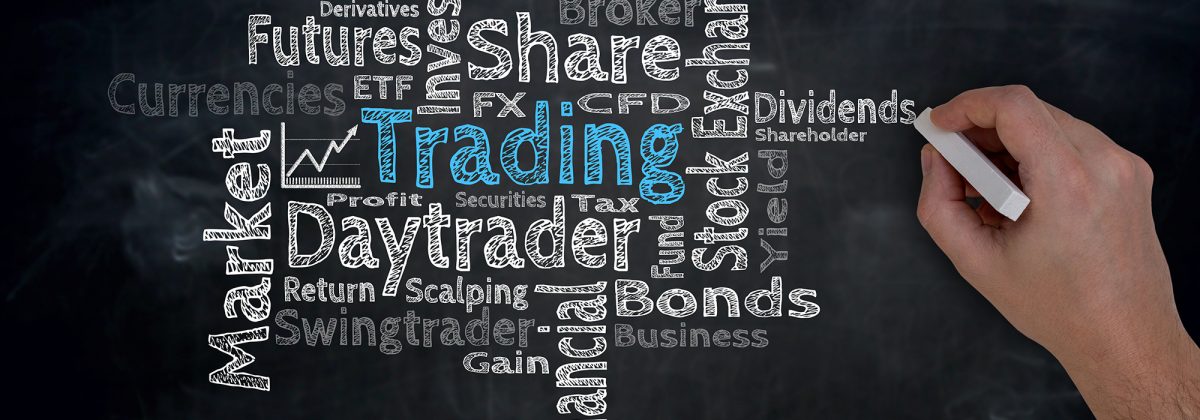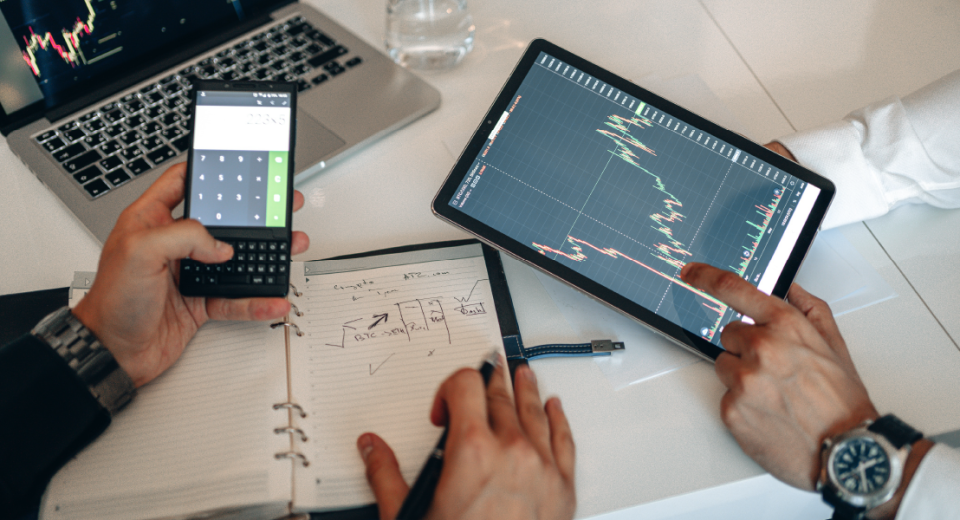Learn These Common Terms Before You Start Trading CFDs

CFDs or Contracts for Difference allow traders substantial flexibility and trading opportunities in the financial markets. Traders can open positions with only a fraction of the trade’s total value and can also enter into positions in both rising and falling market conditions.
So, if you too are looking at trading this dynamic derivatives instrument, here are some terms that you should be familiar with.
1. CFD (Contracts for Difference)
Let’s start with the derivative instrument itself. CFDs are contracts between a buyer and a seller, which allow you to speculate on the price movements of a financial instrument, such as forex, indices and commodities, without the need to actually own the underlying asset. Instead, you agree to pay the difference in the price of an asset, from the start date of the contract to its expiry.
2. Going Long
This is when traders open a position in CFDs, expecting the price of the underlying asset to increase in the future. As the name suggests, long trades are typically held over a longer period of time than short trades. This is because they rely on a number of factors, such as market sentiment, strength of the underlying market and the overall economy.
3. Going Short
This refers to entering a position in the anticipation that the price of the underlying asset will decrease over time. Traders sell the asset that they believe will decline in value in the near future. The lower the price drops, the more money the trader can make when they subsequently buy the asset in the future, to cover their short position and exit the trade.
4. Spread
This is the difference between the bid and ask prices, quoted by the broker. For brokers, it means a transaction cost, which they subtract from the overall profit or add to the overall loss. In long positions, traders pay the slightly higher ask price, while in short trades, they accept the slightly lower bid price. The tighter the spread, the lower will be the cost of trading.
5. Margin or Leverage
Margin or leverage refers to the collateral or funds borrowed from the broker, in order to open a position that is much higher in value than the current capital reserves of a trader. It is the minimum deposit required to maintain a position, below which the broker will issue a margin call. It is vital to understand that as leverage allows traders to open larger positions than they would with their own capital alone, both profits and losses will get magnified, with there being times when the losses exceed the deposits. It is, therefore, important to keep the leverage ratio in check.
6. Maintenance Margin or Variation Margin
This is the amount of funds that the trader is required to maintain in their account to keep positions open.
7. Hedging
One of the advantages of CFDs is that they can be used to hedge against market risks or interest rate risks. If traders believe that some assets in their portfolio will generate lower earnings, they can choose to offset such losses by entering into a CFD in a highly liquid forex pair.
8. Holding Costs or Overnight Charges
These are the charges for keeping positions open overnight. They accumulate at the end of the trading day. Depending on the spread, they can either be positive or negative. Sometimes, positions can stretch to the next trading session, in which case, the broker can charge overnight costs, linked to the interest rate of the underlying currency. This charge covers the leverage cost that traders use overnight.
9. Lot Size
A lot is the size of your CFD position. CFDs are usually traded in standardised contracts, called lots, the sizes of which depend on the underlying market in question. They often mimic how the asset is traded in the market. For instance, silver is traded on commodity exchanges in lot sizes of 5000 troy ounces, and its equivalent CFD will also trade in the same amounts.
10. CFD Duration/Expiry Date
Unlike derivatives like options and forwards, CFDs have no set expiry date. Positions are closed anytime the trader wishes to do so, by entering into a trade in the opposite in direction to the one that was used to open the CFD position.
11. Direct Market Access (DMA)
In CFD trading, traders often provide DMA facilities, in which traders can get direct access to the exchange or market’s order book. The orders entered by the trader travel to the exchange servers directly from the trading platform, without any intermediary. Orders get filled automatically at the current market rates.
12. Rolling Contract
If your CFD contract is a rolling contract, it means that it will get “rolled over” to additional contract terms, beyond the intended expiry date.
13. Stop-Loss
This is an important risk management tool, which protects your positions from accumulating losses over time. With a pre-defined stop-loss order, the trader instructs the broker to close their position in case the market reaches a pre-specified price, so that losses are cut short.
14. Take Profit
Here, the trader instructs the broker to close their position, once the price of an asset reaches a pre-decided profit level. This protects the profits from getting lost due to an unexpected reversal in price direction.
15. Slippage
Slippage refers to the difference between the requested price of a trade and the actual price at the order gets filled. High market volatility and high latency in trade execution can result in negative slippage, which can eat away at your profits.
16. Gapping
Often, we see prices on the charts acquiring new levels, without moving through the prices in between, which is called gapping. This usually occurs during the release of key economic indicators, which have unexpected values.
17. (Percentage in Point (Pip)
This term is specific to the forex market, referring to the lowest value by which currency prices move. CFD profits and losses are calculated by changes in pips times the unit stake.
18. Settlement
The process of closing a position and realising the subsequent profit or loss is known as the settlement of a CFD contract. Your account is adjusted accordingly to the profit and loss calculations.
19. Underlying Market/Asset
All CFDs track the price of a real-world asset, without the need to actually own it. This asset, such as currency, indices, commodities or shares, is called the underlying asset. The market in which the asset trades is the underlying market.
20. Profit/Loss
If the value of the underlying asset of a CFD is moving in your favour, your position will result in a profit, which the broker will pay after the deduction of the trading costs. If it is moving in an unfavourable direction, you will end up paying the broker the price difference of the asset, from the initial date till the closing date of the contract.
Many traders prefer to trade CFDs, rather than investing in actual assets, due to the flexibility this derivative instrument offers.




